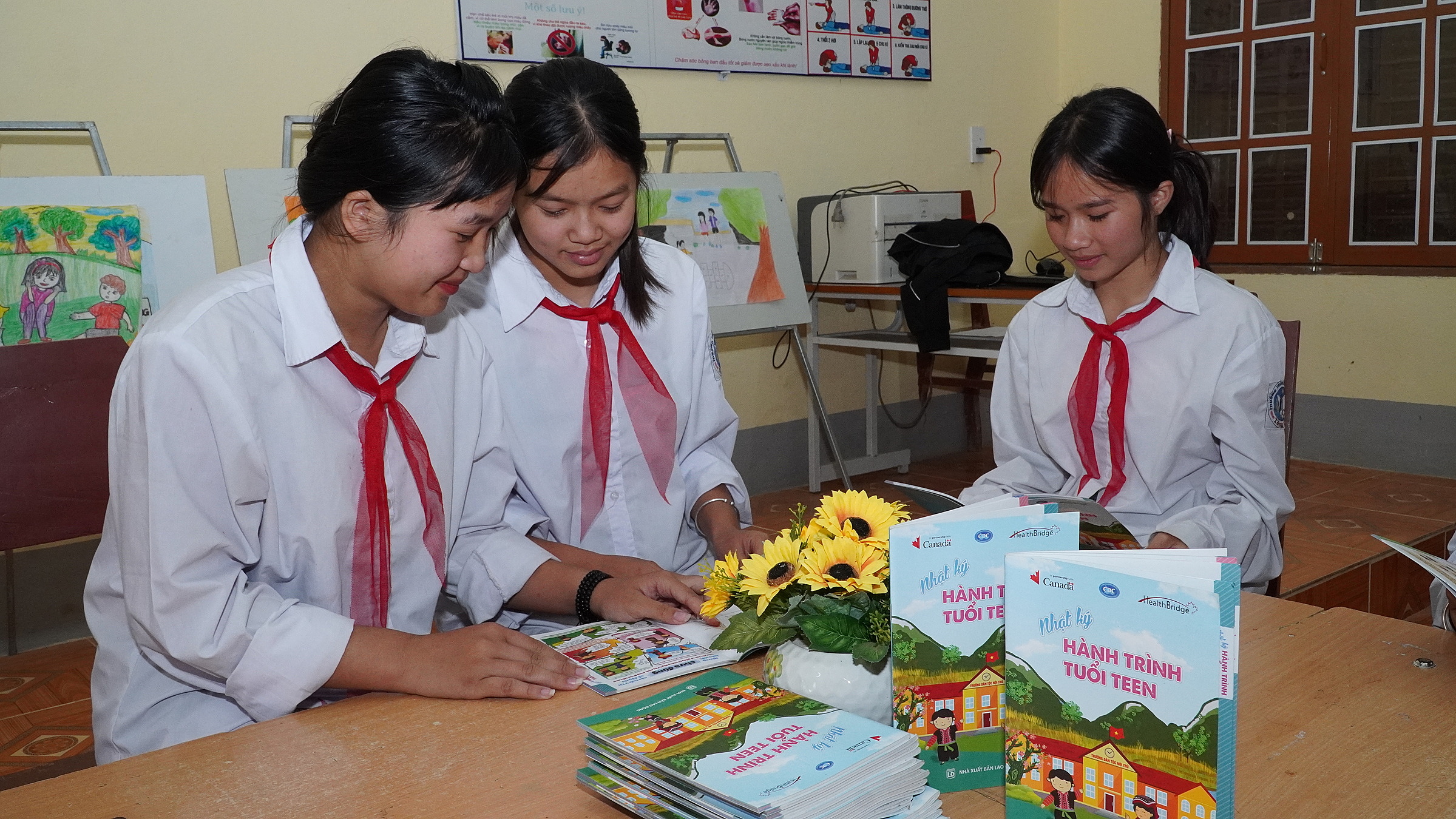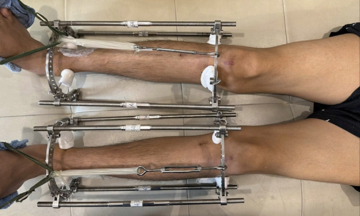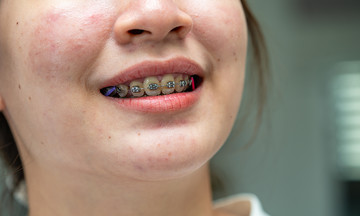This issue was highlighted by experts at the closing ceremony of the Adolescent and Youth Sexual and Reproductive Health Project in Son La province (2021-2025), implemented in collaboration with HealthBridge Vietnam, on 9/9.
According to the 2020-2021 Vietnam Sustainable Development Goals Survey on Children and Women, 4.9% of women aged 15-19 have given birth. This rate is particularly high in the Northern Midlands and Mountainous Areas and the Central Highlands, home to a large ethnic minority population.
In Son La, the teenage pregnancy rate is 13%, equivalent to about 3,800 cases, with over 2,000 births annually within this age group. Nguyen Huu Hung, Deputy Director of the Son La Department of Health, said the child marriage rate in the province has decreased significantly from 21% in 2015 to 11% in 2024. However, the province still records approximately 1,000 child marriages each year.
"This figure doesn't fully reflect the situation of young people living together as husband and wife without registering their marriage. Child marriage not only violates children's rights but also has consequences for the health, education, and future of an entire generation," Hung said.
Early motherhood not only deprives young girls of their future and educational opportunities but also exposes them to health risks such as miscarriage, premature birth, malnutrition, depression, and an increased risk of birth defects. More alarmingly, many girls, out of fear, seek unsafe abortions, facing the risk of infection, hemorrhage, and even obstetric complications. This is the heartbreaking consequence of "children giving birth to children."
In this context, comprehensive sex education is seen as a crucial solution, not "paving the way for deer to run astray" but "guiding deer on the right path." The collaborative model involving schools, communities, and the healthcare system in Son La has shown positive results. After the project was implemented in six schools, nearly 100% of students agreed that girls have the right to refuse sex. The percentage of female students confident in asking their partners to use contraception increased from 76% to 92%. Knowledge of modern contraceptive methods also improved significantly among both male and female students.
 |
Students in Son La learn about reproductive health at a communication corner in school. Photo: Thu Ha |
Students in Son La learn about reproductive health at a communication corner in school. Photo: Thu Ha
The project's success demonstrates that integrating reproductive health education into school subjects and community activities, along with providing youth-friendly health services, is the right approach, Hung said.
Similarly, Doan Thanh Phuc, Deputy Director of the Son La Center for Disease Control, assessed the project as having yielded impressive results and leaving a strong mark on how to integrate sexual and reproductive health education activities into familiar spaces such as schools and villages, and strengthening the capacity of the local health and education systems.
"We're not just talking about sex; we're talking about sexual and reproductive health rights, the right to education, and the right to development for adolescents and young people, especially girls," Phuc said.
Le Nga












